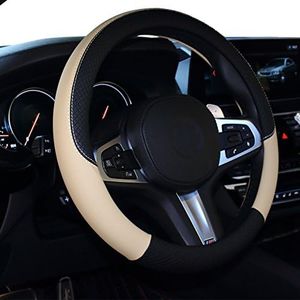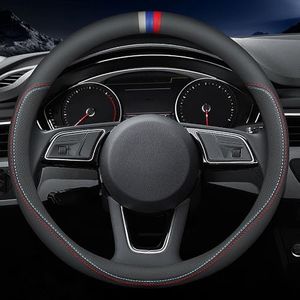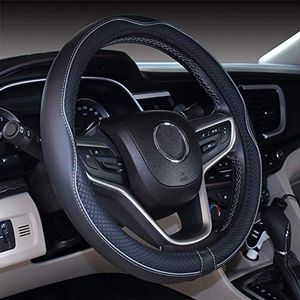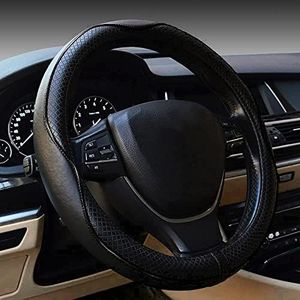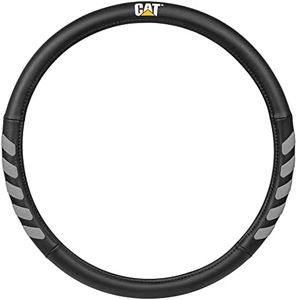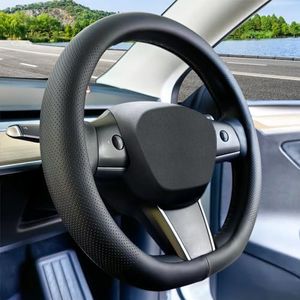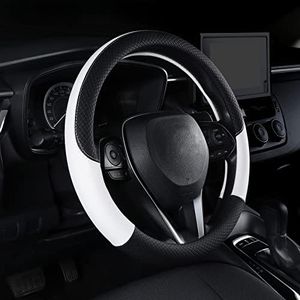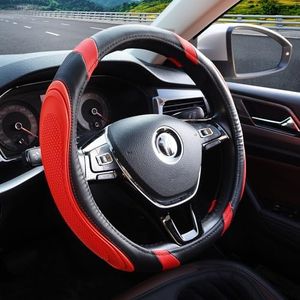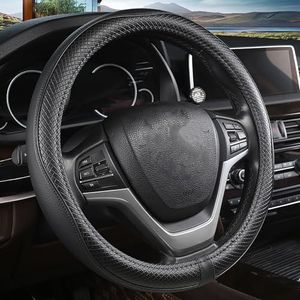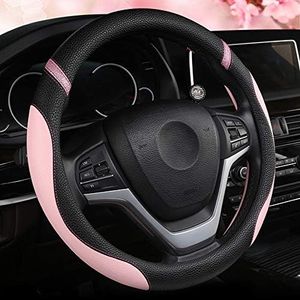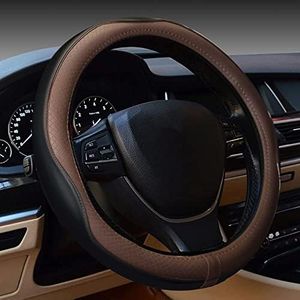We Use CookiesWe use cookies to enhance the security, performance,
functionality and for analytical and promotional activities. By continuing to browse this site you
are agreeing to our privacy policy
10 Best Steering Wheel Covers
From leading brands and best sellers available on the web.By clicking on a link to a third party's website, log data is shared with that third party.
Buying Guide for the Best Steering Wheel Covers
Choosing the right steering wheel cover can make your driving experience more comfortable, give your vehicle a personal touch, and even help preserve your steering wheel for longer. There are many different types available, so it's important to understand the key characteristics to look for. Focusing on the main aspects such as fit, material, texture, grip, ease of installation, temperature resistance, and cleaning will help you find a cover that best matches your needs and preferences.Fit and SizeFit and size refer to how well the cover matches your steering wheel's dimensions. A properly fitting cover is important for both safety and comfort, as a loose or tight cover can make steering difficult or even dangerous. Steering wheels come in various diameters and grip thicknesses. Most covers will list a size range, typically in inches or centimeters, so you should know the diameter of your steering wheel before buying. For most people, measuring your steering wheel and comparing it to the cover's specifications ensures a snug and secure fit, which is essential for confident and comfortable driving.
MaterialThe material of a steering wheel cover affects its durability, comfort, and appearance. Common materials include leather, synthetic leather, microfiber, rubber, and plush fabric. Leather and synthetic options tend to be durable and provide a classic look, while microfiber or fabric covers may be softer and warmer. Rubber is good for grip and may be easier to clean. When choosing, consider how the material feels in your hands, your preferences for style, and whether you want something that stays cool or warm depending on your climate.
Texture and GripTexture and grip determine how secure and comfortable your hands feel while driving. Smooth surfaces can look elegant but may slip if your hands are sweaty, whereas textured or patterned covers (like those with ridges or perforations) can offer better hold. If you prefer a firmer control or if your steering wheel tends to feel slippery, look for covers described as non-slip, ergonomically designed, or with extra grip features. Consider your typical driving conditions, such as long trips or city driving, to guide your choice.
Temperature ResistanceTemperature resistance refers to how well the cover can handle heat or cold. Some materials get very hot in summer or too cold in winter, which makes driving uncomfortable. There are covers specially designed to resist temperature extremes or provide insulation, like plush or thickly padded options. If you live in a place with harsh seasons, choosing a cover that stays comfortable to touch—whether hot or cold—will make a big difference in your driving comfort.
Ease of InstallationEase of installation means how simple it is to put the cover on your steering wheel. Some covers are stretchy and slip on quickly, while others require more effort or might need tools. If you prefer convenience, look for covers that advertise easy installation. However, remember that a snug fit, even if a bit harder to install, usually means a better and safer driving experience.
Cleaning and MaintenanceCleaning and maintenance indicate how easily you can keep the cover looking and feeling fresh. Some materials like rubber and synthetic leather can be wiped clean with a damp cloth, while fabric or plush covers might need more care or regular washing. Think about how much time and effort you’re willing to spend on upkeep and choose a material that matches your lifestyle. This is especially important if you eat or drink in your car, or if your steering wheel cover is likely to get dirty quickly.
